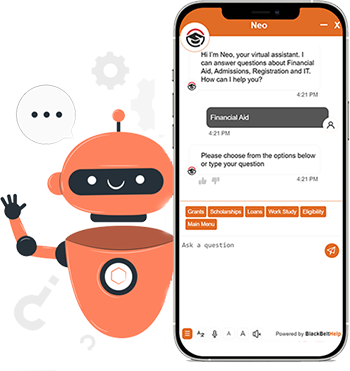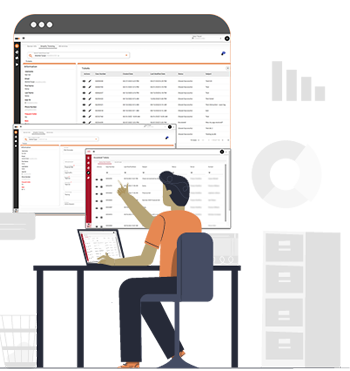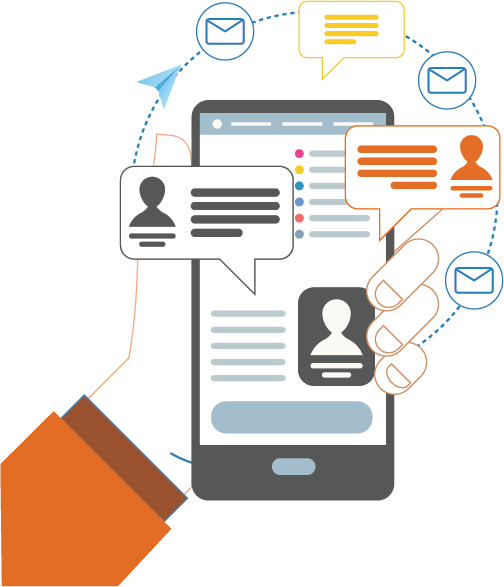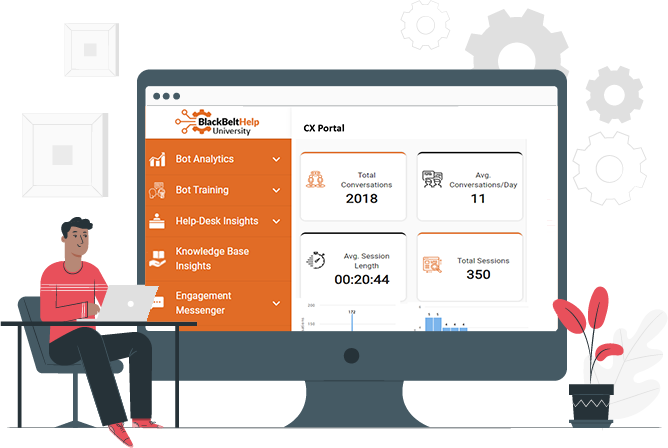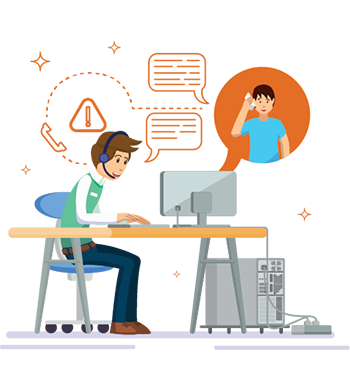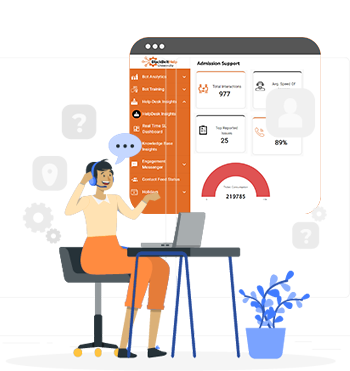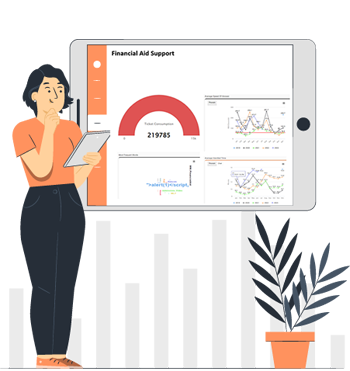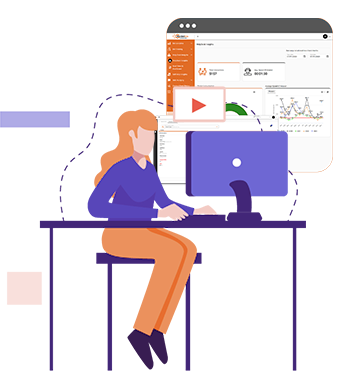The Impact of Robotic Process Automation on Help Desk
What is Robotic Process Automation?
An average knowledge employee working on the backend processes has a lot of repetitive and mundane tasks. Robotic Process Automation (RPA) is a type of software that mimics human actions in carrying out these tasks in the absence of a human agent. It can do repetitive stuff more quickly and accurately without getting tired. RPA frees up the human agents to focus on other processes at hand which require human strengths such as reasoning, emotional intelligence.
The emergence of robotic process automation (RPA) technology has created cost savings and scalability advantages that appeal to almost any business. However, the robotic software delivers particularly valuable benefits to help desk contact centers by providing solutions to service, process, and technology challenges which are common across the industry.
The impact of robotic process automation on a help desk operations and competitive positioning is significant on many fronts. It plays an integral role in increasing employee efficiency, ensuring optimal customer satisfaction and improving operational profitability.
Before RPA:
When a customer calls a service representative, the first step usually is asking the customer for initial information. The agent then tries to retrieve the associated transaction or ticket information from company systems.
This first step itself presents a service challenge to the help desk agent. While speaking with the customer, the agent has to shuffle between systems–looking for basic customer profile information, current ticket status, old tickets, pending and/or support tickets.
This shifting between the systems affects customer responsiveness. Moreover, less experienced employees simply can’t navigate systems as proficiently as their more knowledgeable counterparts. Whether the obstacle is: different logins; different tools; copy/pasting from one screen to another; scrambling to refer to manuals/training notes, the result is the same – the customer on the line is the one who suffers.
After RPA:
RPA delivers a real customer service center benefit by empowering the service agent to integrate data into fields across all associated systems with only one entry. This benefit disposes of two of the biggest complaints heard from contact center customers, “Why are you asking for that information again? I already provided it” and “Don’t you keep notes in your system?”.
Benefits of RPA are:
Decreased costs- Cost savings of approximately 80-90% can be achieved when a business process performed by a full-time agent is replaced by an AI Bot.
Freeing up staff for higher-value tasks- Automation of repetitive and time-consuming processes frees up your staff to make a more value-add contribution.
Increased employee engagement- When your help desk agents can focus on high-value tasks they often feel more invested in the work they are completing. When implementing RPA projects, we often see staff engaging in repetitive activities e.g. copying data between 10 different systems while completing a single customer request, with RPA they can serve an additional 3 clients instead.
Reduced operational risk- RPA reduces the rate of errors because robots make fewer mistakes. Avoiding purely human mistakes, such as those made while tired, or deviating from the process, means better operational efficiency.
So, besides increasing your employees’ efficiency, improving the operational processes and reducing the risks, integration of RPA in a help desk provides a significant ROI.

